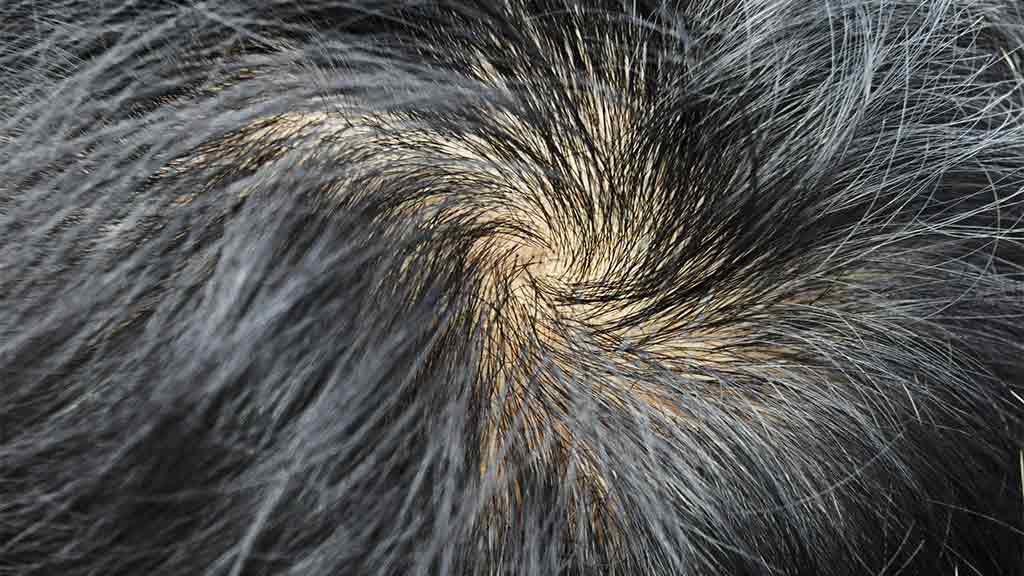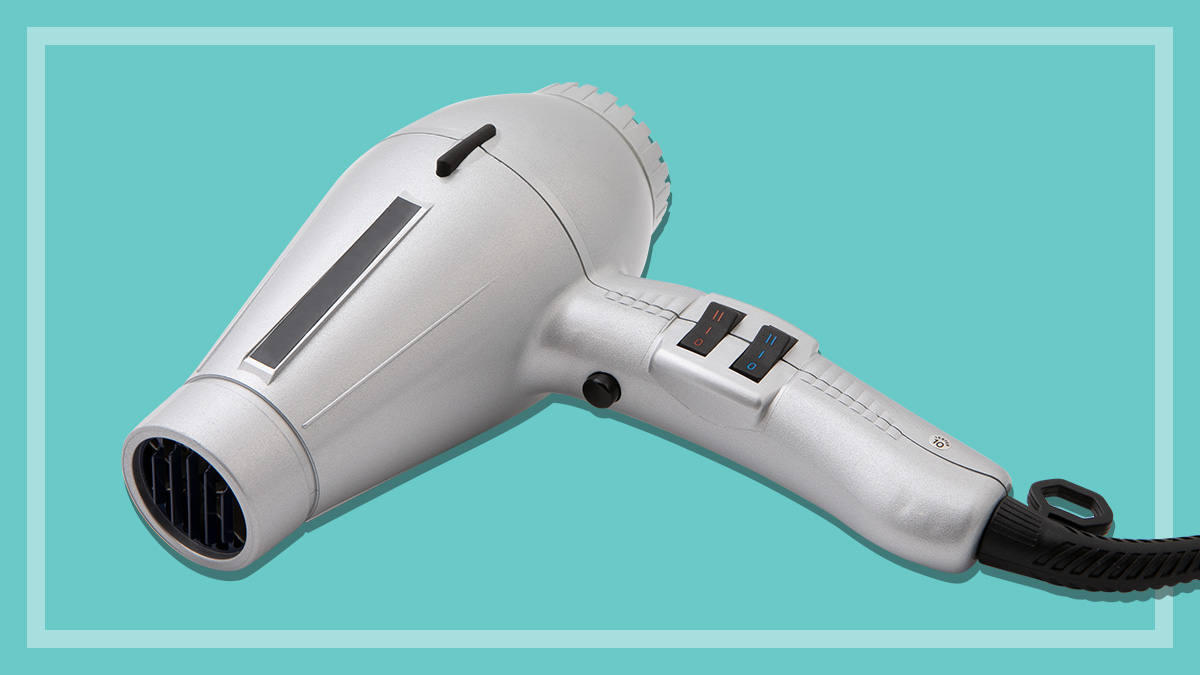Get our independent lab tests, expert reviews and honest advice.
Treating hair loss

If you’re losing your hair, don’t tear out the remaining strands in frustration. You could simply accept going bald – it’s a natural part of life after all, for a significant proportion of men. Give the combover a miss, but try clipping your hair close or shaving your head completely – a pretty common (and even fashionable) look these days.
On this page:
- Hair loss facts
- Hair loss treatments
- Hairpieces
- The bottom line
- I'm losing hair. What do I do?
- Warning: this treatment may not work
- Checklist
However, if you’d like to try to keep a full head of hair, you might want to consider hair loss treatments.
There are plenty of practitioners and products out there promising to restore your hair, but in this vanity-driven industry with more than its fair share of sharks, it’s very much a case of caveat emptor (let the buyer beware).
Hair loss facts
- Hair loss and balding is not uncommon – androgenetic hair loss affects more than half of all men, and many women, at some point in their lives.
- There are treatments that can slow or stop hair loss, and in some cases reverse it. However, there are plenty of shonky operators and products out there, which can be traps for the desperate.
- You’ll have more treatment options available to you if you see your doctor as early as possible in the hair loss process.
About hair loss
Androgenetic alopecia, also called male-pattern hair loss, is a hereditary pattern of hair loss affecting about 30% of men in their 30s, and about 50% of men in their 50s. In men who have inherited the condition, testosterone is converted to dihydrotestosterone (DHT) in large amounts, actively targeting the hair follicles from temples to crown. Over time, the hair follicles shrink and the hair shaft is reduced until it is short, fine and downy.
Many women can also experience androgenetic alopecia, which causes general thinning on the crown. However, it appears in women that there are a number of different hormones involved, rather than just the one, so diagnosis and treatment is less straightforward.
Other less common kinds of hair loss include alopecia areata, where hair is lost in spots or patches, and hair loss due to illness, stress or dietary issues. In this article, however, we focus on androgenetic alopecia.
Hair loss treatments
Finasteride is a prescription medicine usually taken to treat an enlarged prostate, and works by blocking one of two enzymes (called 5-alpha reductase) that convert testosterone to dihydrotestosterone (DHT). It’s the DHT that causes hair follicles on the temples and crown to shrink, so finasteride’s action helps prevent or slow hair loss, and taken in the early stages may even regrow hair. Clinical trials have found it helps nine out of 10 men.
Side effects are uncommon but may include impotence, breast cancer and depression. It may also cause birth defects so it is not recommended for women. It costs about $30-40 per month, although your hair-loss medical specialist may determine you need it less often, which reduces the cost and risk of side effects. You’ll need to take it for at least a year to know whether it’s proving effective.
Dutasteride (Avodart)
Dutasteride has a similar action to finasteride, but blocks both DHT-making enzymes instead of one. It may be a more effective option if finasteride isn’t working for you, although at present it’s only prescribed ‘off-label’ for hair loss.
Saw palmetto is a herbal remedy sometimes taken instead of finasteride for treating an enlarged prostate. It was hoped it might prevent hair loss too, and is often promoted as such, but this hasn’t been shown in large-scale clinical trials so far.
Minoxidil (for example Regaine)
Minoxidil is a topical treatment applied to your scalp twice daily. It works best on people with recent or mild hair loss, but less effectively on people who’ve had large areas of baldness for a long period of time. There’s also a genetic basis for its effectiveness: some people produce the enzyme to convert the minoxidil in solution to the active compound minoxidil sulphate, while others don’t, making it less effective for them. It may take up to a year to see results. Hair loss will rapidly restart when you stop the medication. It costs $30-50 per month.
Some hair loss clinics promote a pharmacist-compounded solution of minoxidil with retinoic acid, which supposedly helps the minoxidil penetrate the skin. However, there’s no good evidence it increases minoxidil’s effectiveness, and it’s more likely to irritate your scalp.
Hair transplants
Hair-transplant surgery has changed a lot in the past 20 years, and the tufty plug transplants of yesteryear have been replaced with implants of individual follicles. A surgeon cuts a strip of scalp from the side or back of your head, and the follicles are separated and inserted into the crown and temples. Sometimes, instead of a strip, individual follicles are removed and implanted.
Because the implanted follicles aren’t susceptible to DHT, the hair growing from them is permanent. However, it’s likely you’ll need to use medication to maintain remaining DHT-susceptible hairs. Some people have complained about scarring from the strip procedure, so always research the surgeon you’re thinking of using beforehand.
Costs depend on the amount of surgery needed, but typically are in the range of $11,000-18,000 – about $6-9 per graft, with 2000 grafts the typical scenario. The process may also need to be repeated if hair keeps thinning.
What about laser therapy?
Some clinics offer low level laser therapy to halt hair loss and regrow hair, and there are also handheld devices for home use. Laser is often used as part of a regime including minoxidil and finasteride, special shampoos, thickening conditioners and other products that disguise hair loss. This makes it difficult to tell what improvement – if any – is from which treatment, and what is merely a temporary cosmetic effect.
Unfortunately, there’s no definitive answer as to whether or not laser therapy works. There have been some clinical trials, but these have been criticised in the past for being too small, funded by laser product manufacturers, and not published in peer reviewed journals. More recently, however, a better quality clinical trial of the various HairMax brand handheld devices showed some evidence it may help regrow hair in some people.
We couldn’t find trials of the larger helmet or panel type products found in clinics, and it’s unclear whether the clinic laser devices are as effective, or more effective, than the handheld ones tested: the ideal laser wavelength, power, length of time and frequency of application hasn’t been definitively established. Laser treatment in clinic settings is often combined with other treatments, such as finasteride and/or minoxidil.
Consumer experiences are widely varied. While some people feel it works, others find it made no difference, and others found that the hair lost early in the process (which is quite normal) wasn’t replaced, and they ended up with less hair than they started with. This could be because their stage of hair loss wasn’t suited to laser therapy or they weren’t using the device as recommended.
For example, it needs to be used three times a week for 8, 11 or 15 minutes, depending on the model (the more expensive the model, the less time required). That’s quite a commitment, though it may be more convenient than going into a hair loss clinic on a regular basis.
Is it worth trying? The cost of a HairMax handheld laser ranges from $395 to $620. This is a lot cheaper than signing up to a course of clinic-based laser treatments, which we found ranged from $3000-6000 per year.
Hairpieces
Hair system, Strand by Strand, non-surgical hair replacement and hair replication are among the various synonyms used for hairpieces – a partial wig or toupee that’s attached to the scalp by glue or double-sided tape.
They’re extremely effective at covering a large area of thin or lost hair, and can be matched with and worked into existing hair. Forget the ‘rugs’ of old – by matching the colour (including grey hairs), strand thickness, curl and hair density to your existing hair, these days hairpieces can be made so well that they’re undetectable to the casual observer, even at the hairline.
Major hair loss clinics Advanced Hair Studio and Ashley & Martin (through its subsidiary World Hair Systems) include hairpieces in their hair loss treatment offerings. Our shadow shoppers at Advanced Hair Studio were quoted up to $2000 or more per piece – expensive compared with costs at specialty hairpiece suppliers, which typically range from $500-$1000. So if you’re considering going down this route, shop around first.
Regardless of where you get the piece – or pieces, as it’s recommended you have at least two – you’ll need to factor in servicing costs, if they’re not included in a package. Every few weeks the piece will need to be removed and cleaned before being reattached. The portion of scalp it covers will need to be shaved, and the rest of your hair cut to suit the length of the hair in the hairpiece.
Hairpieces may only last six months, though it could be as long as a year or two, depending on what they’re made from and how well they’re looked after. Generally the better quality materials (lace base, natural fine hair) that make it look better are more expensive, but these pieces are more fragile than the longer-lasting cheaper products with a rubber base and synthetic hair.
While they may seem a more economical option than hair transplant surgery, after five to 10 years of servicing costs and replacement hairpieces, you may discover you’d have been better off having surgery, despite its high upfront cost.
The bottom line
No one treatment will suit everyone. Your doctor can’t predict if it will work for you, and your hair loss clinic salesperson can’t predict if it will work for you. It’s a case of try it and see.
This being the case, your best bet is to choose from among therapies that have good quality evidence that they may work, then decide which suits you according to cost and convenience.
I’m losing hair. What do I do?
- See your doctor early in the hair-loss process. There are many more options available when hair loss first starts and medication can be quite successful in the early stages. Your doctor can also rule out illness and other causes of hair loss. Too many people wait too long before doing anything, or go down the snake-oil route for several years before realising their hair loss is getting worse, not better.
- Don’t expect miracles. One of the main reasons people are dissatisfied with finasteride and minoxidil is that they are hoping for significant, or at least some, hair regrowth. However, preventing or slowing the hair-loss process is the more likely outcome, with any regrowth just a bonus.
- Do your research. There is no certifying body for medical professionals specialising in hair transplants, though the major players in Australia are highly skilled. So if you’re looking for a hair transplant surgeon, do your own research – there are plenty of online forums on the topic.
- Where’s the evidence? If you’re offered unusual medications or herbal treatments, ask for the evidence from clinical trials. Verify these findings with your own research. Don’t rely on client testimonials.
- Carefully check contracts. If you choose to go to a private clinic, don’t sign any contract until you are very clear on what you are getting. You may simply be paying a lot of money upfront for products you could get for a lot less from your doctor and pharmacist. Definitely don’t be pressured into signing a contract with the enticement of discounts if you ‘sign today’. Take it away and think about, and thoroughly research the company.
Warning: this treatment may not work
A lot of consumers lose a lot of money – and a lot of hair – dealing with charlatans offering balding treatments that don’t work. If you feel you’ve been misled or ripped off, complain to your state fair trading department and file a claim with the small claims tribunal in your state.
Unfortunately these companies keep getting away with it because people feel embarrassed about being scammed, reluctant to draw attention to their thinning hair and/or unwilling to invest the time in taking action.
Consumer Affairs Victoria has advised consumers to remain sceptical about any promises made over hair loss treatments – if it sounds too good to be true, it probably is.
Checklist
- do your research
- use a qualified medical practitioner
- get a second opinion
- make sure any promises made about the effectiveness of the hair loss treatment and money-back guarantees are put in writing
- read any contracts carefully and get advice – don’t sign anything until you’re certain you know what you’ve agreed to and how much you’ll pay overall.
Our report on a shadow shop of hair loss clinics, including Advanced Hair Studio and Ashley & Martin, provides plenty of useful information and tips for navigating hair loss treatment clinics.





